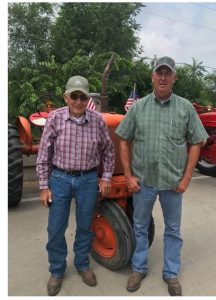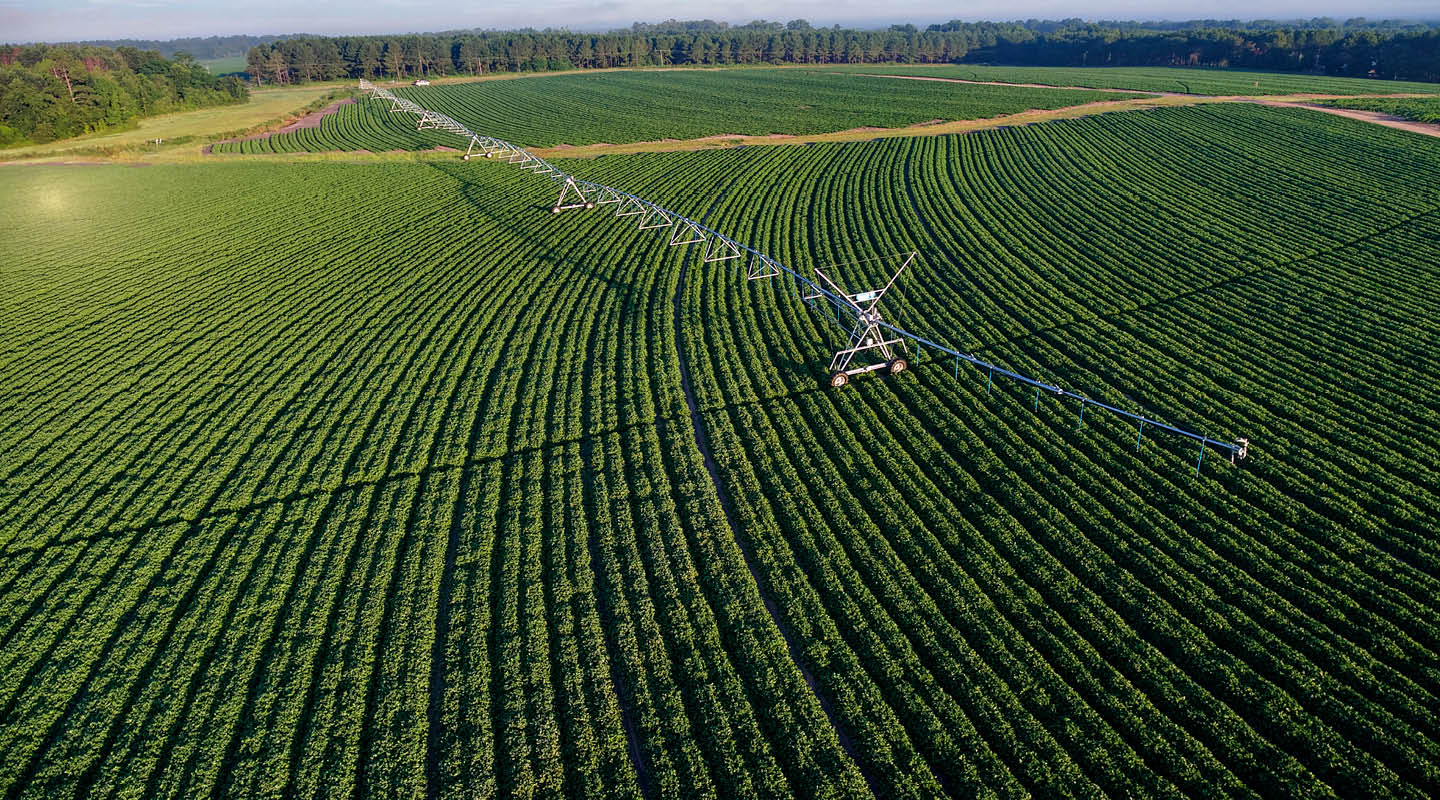“When I hear the word sustainability, I think about figuring out a way to survive to be able to get to the next year,” shares fifth generation farmer Jerry Arnold. “There isn’t one big solution that will make us sustainable; we have to do a lot of little things better over time.” Jerry has been making steady strides in sustainability on his 1,200 acre operation in Shelton, Nebraska, where he farms corn, soybeans, wheat and alfalfa, since 1985.
Throughout his 35-year career, Jerry has seen major changes across the midwestern farming landscape from the development of drought resistant seed varieties to round up technology revolutionizing the chance for farmers to reduce tillage. “There have been big changes in technology over the years and the advances have been amazing for yields,” shares Jerry. “But what hasn’t changed is our focus on taking care of the land. No matter what technology we use, we have to take care of our natural resources, so they can be there next year, and we have to make a profit, so we can be here next year.”
Jerry was one of the first farmers to enroll in the Central Nebraska Irrigation Project, a Continuous Improvement Project sponsored by Field to Market members including The Nature Conservancy, the Central Platte Natural Resource District, Cargill and Nestle Purina. The project aims to provide technology to Central Nebraska farmers that assists in their irrigation decision making, including analyzing their field-level data in Field to Market’s Fieldprint® Platform to identifying opportunities for continuous improvement.
“Drought is always a never-ending battle for us,” explains Jerry. “The information I’m getting from the Fieldprint Platform and other tools in this project is so valuable. I never would have thought that data from a weather station was something I needed. Before, I was making guesses on the fly about when to irrigate. But now, having access to the weather station is one more tool I can use to make really informed decisions.”
“Whenever you’re collaborating, you have to be honest about the real results. You have to take care of the land if you’re going to last.”
Through his involvement in the project, Jerry now utilizes pivot telemetry to gain remote control of his irrigation system, a flowmeter to measure his water use, a weather station for field level weather information, and soil moisture probes as guidance when deciding when to irrigate his field. “We are able to plan way in advance for when to keep our pivots going now and it amazes me to see the difference those technology changes have made in our savings on labor and time.”
 By equipping farmers with this technology, the project sponsors hope that having access to more information when making decisions will result in more efficient use of irrigation and a reduction in pumping.
By equipping farmers with this technology, the project sponsors hope that having access to more information when making decisions will result in more efficient use of irrigation and a reduction in pumping.
When reflecting back over his career and thinking toward the changes he hopes to make in the years ahead, Jerry shares, “There’s still progress to be made but I’ll say this much, if there’s any industry that will adapt to survive, it will be agriculture.”
Article by: Jacob Fritton
Nebraska Water and Ag Program Manager
The Nature Conservancy


